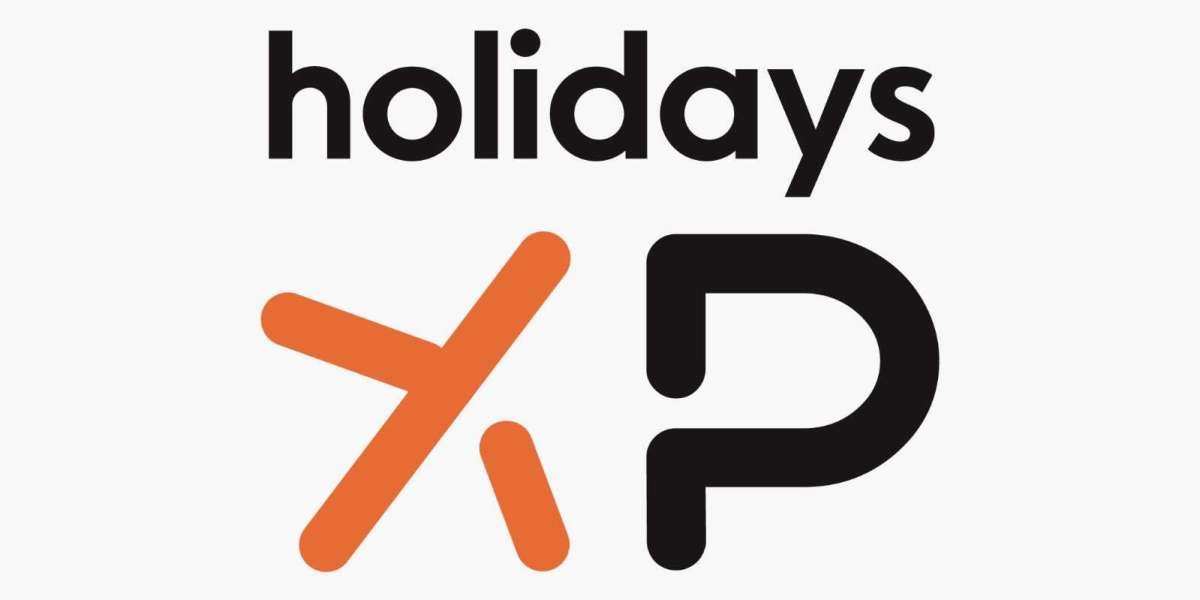Setting goals and objectives in healthcare is more than a planning exercise. Done well, they serve as a roadmap for better patient outcomes, stronger teams, and sustainable operations. Whether you’re managing a clinic, leading a hospital unit, or working with a remote healthcare team, having clear goals and objectives creates alignment and focus.
In this article, we’ll walk through healthcare goals and objectives examples, explain why they matter, and share how Safe Qual helps organizations put them into practice.
Why Goals and Objectives Matter in Healthcare
Healthcare is fast-paced, high-stakes, and constantly evolving. Without clear direction, teams risk losing sight of priorities or spreading themselves too thin. Goals provide vision, while objectives break that vision into measurable steps.
For example, a broad goal might be “improving patient safety.” An objective tied to that goal could be “reduce medication errors by 15% within six months through staff training and reporting tools.” Together, they make progress measurable and actionable.
Characteristics of Effective Healthcare Goals
When building healthcare goals, it helps to apply the SMART framework:
Specific: Focused on a clear outcome
Measurable: Supported by data or metrics
Achievable: Realistic given resources
Relevant: Aligned with organizational priorities
Time-bound: Framed within a set period
This approach ensures goals are not just aspirational but actionable.
Practical Healthcare Goals and Objectives Examples
Here are several examples healthcare leaders can adapt to their organizations:
1. Patient Safety and Quality of Care
Goal: Improve patient safety in all departments.
Objective: Decrease hospital-acquired infections by 10% over the next year through enhanced sanitation protocols and staff compliance monitoring.
2. Staff Training and Engagement
Goal: Build a culture of continuous learning.
Objective: Provide quarterly training sessions on new medical technologies and require 90% staff participation.
3. Operational Efficiency
Goal: Reduce delays in patient care.
Objective: Cut average emergency department wait times by 20% within six months through improved scheduling and resource allocation.
4. Compliance and Risk Management
Goal: Strengthen regulatory compliance across the organization.
Objective: Achieve 100% compliance with annual audits by implementing automated reporting tools.
5. Patient ExperienceGoal: Enhance patient satisfaction.
Objective: Improve patient satisfaction survey scores by 15% over the next year through improved communication training and follow-up protocols.
6. Data Security
Goal: Safeguard patient information.
Objective: Reduce cybersecurity incidents to zero by enforcing updated access controls and conducting quarterly security reviews.
How Safe Qual Supports Goal Setting
Clear goals are only effective when backed by systems that support progress. That’s where Safe Qual comes in. Their solutions provide healthcare teams with tools to:
Track compliance: Automated monitoring keeps organizations aligned with regulatory requirements.
Streamline reporting: Incident and audit tools help staff capture key data without slowing down workflows.
Measure performance: Built-in analytics show whether objectives are being met, highlighting areas for improvement.
Support training: Safe Qual integrates education resources, ensuring staff are prepared to meet organizational goals.
By connecting strategy with practical tools, Safe Qual makes it easier for healthcare leaders to turn goals into measurable outcomes.
Building Goals into Everyday Culture
Even the best-written goals won’t stick unless they become part of daily culture. Leaders play a critical role here—communicating clearly, celebrating small wins, and reinforcing accountability.
Regularly reviewing progress ensures goals remain relevant and achievable. For remote or hybrid healthcare teams, digital platforms like Safe Qual create visibility across departments and keep everyone aligned, no matter where they’re working from.
Final Thoughts
Healthcare organizations face constant pressure to adapt, but goals and objectives help bring focus to that complexity. From improving patient safety to strengthening compliance and efficiency, setting clear and actionable objectives ensures progress is real and measurable.
Tools like Safe Qual make it possible to turn those goals into results by offering reporting, compliance, and analytics solutions that support every level of the organization. For additional guidance on structuring effective goals in healthcare, resources from Agency for Healthcare Research and Quality are also valuable.
By grounding healthcare goals in practical examples and using the right systems to support them, leaders can create environments where patients, staff, and organizations thrive.




